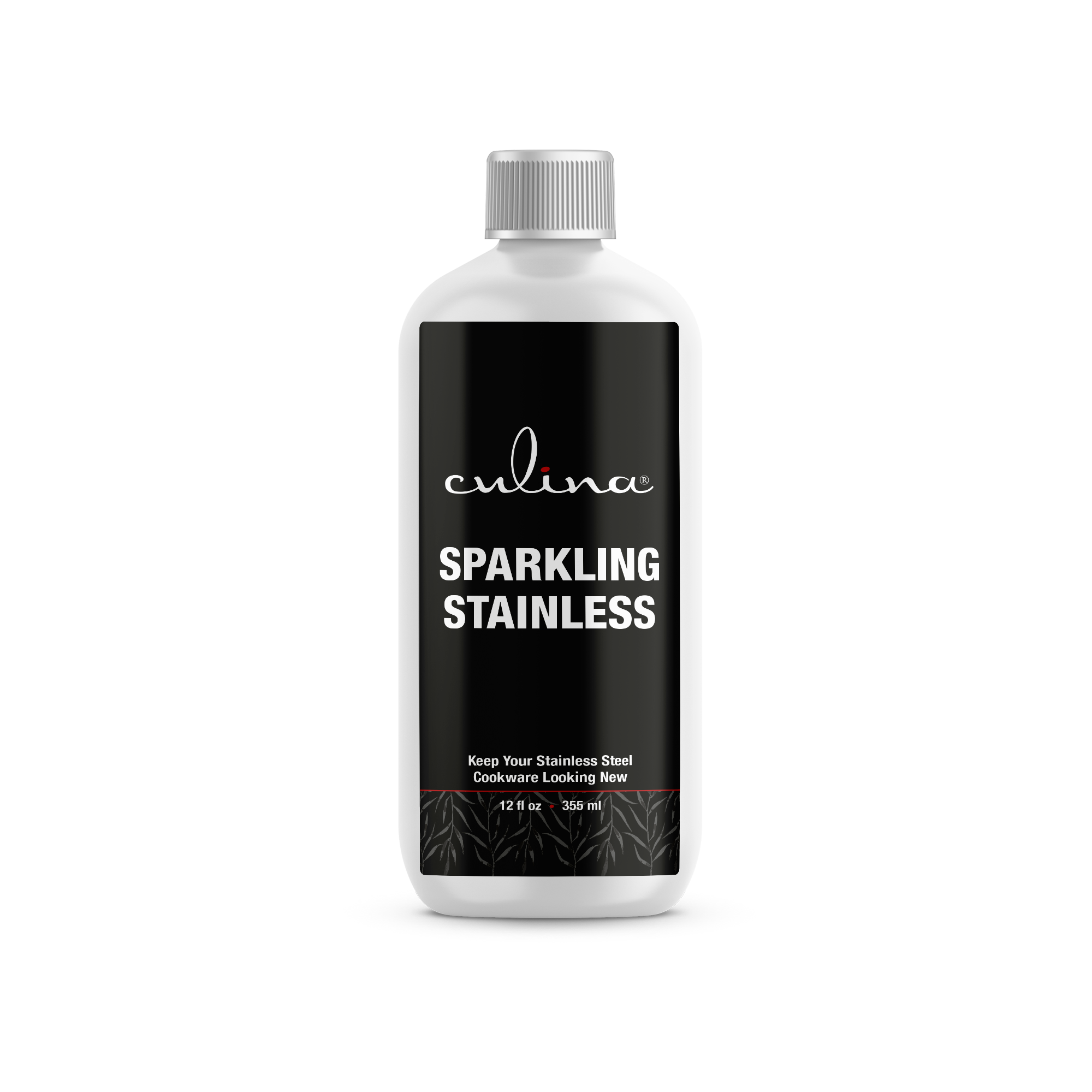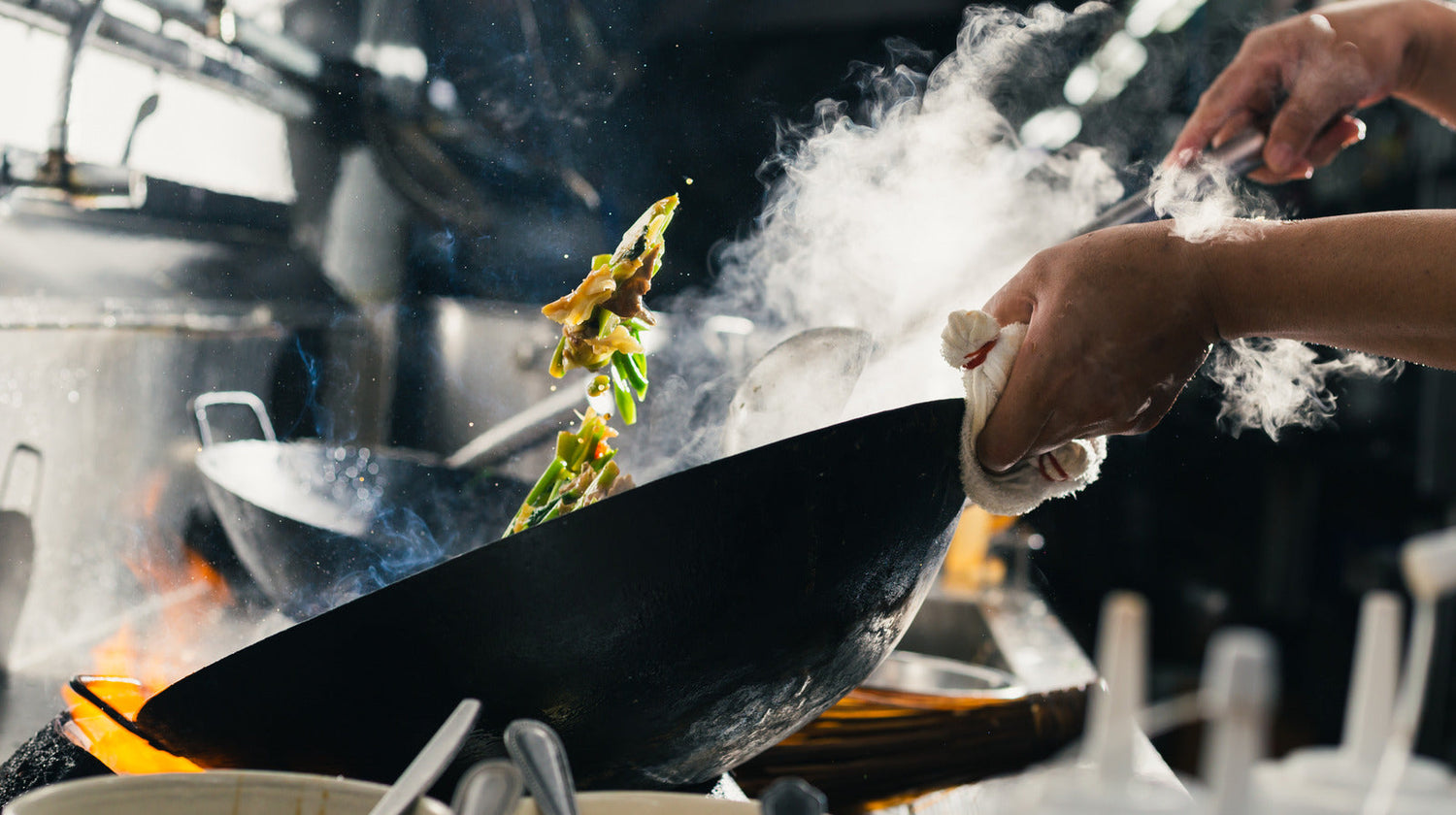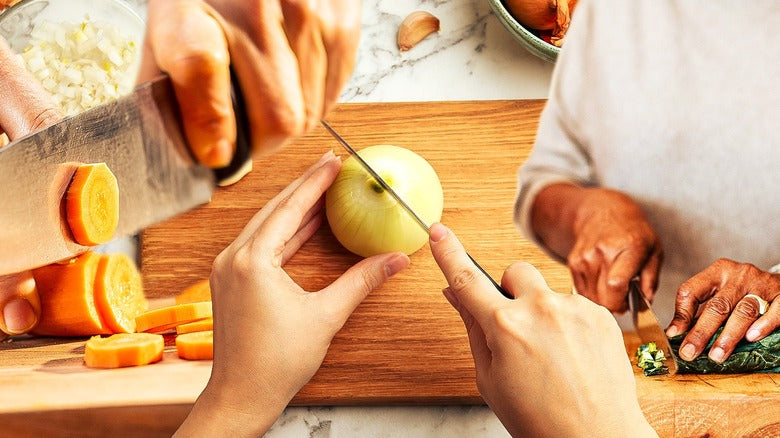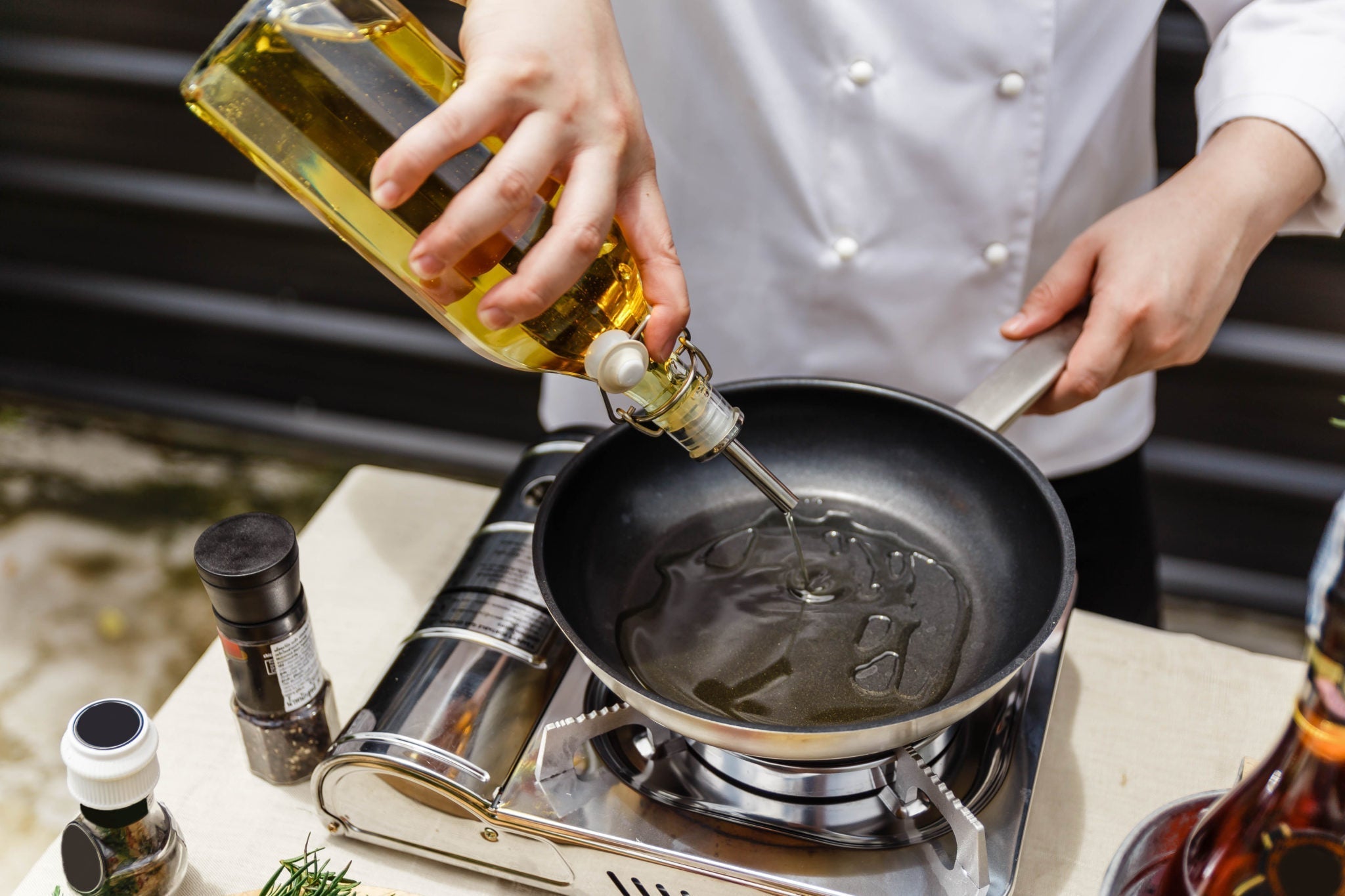When you invest in a new wok, it is crucial to understand how to cure a new wok to ensure it performs at its best. Curing, or seasoning, not only prepares the surface for cooking but also helps develop the signature non-stick qualities that wok enthusiasts cherish. In this article, we dive into the step-by-step process that kitchen professionals should follow, starting from the very moment you unwrap your shiny new cooking vessel.
Many professionals might underestimate the importance of this process, thinking, 'Its just another pan.' However, a properly cured wok can transform your culinary experience, enhancing flavors and maintaining the integrity of your food.

Understanding the Importance of Curing
Curing your wok creates a protective layer that aids in preventing oxidation and enhances the cooking surface. In the hands of skilled professionals, these seasoned woks provide flavor depth and superb heat conduction. In fact, not curing can lead to food sticking and unwanted reactions during cooking.
To begin your journey into the world of wok cooking, we must cover the essential steps involved in curing your new wok. The process may vary slightly based on the material of your wok, but lets outline a comprehensive method that works for most carbon steel and cast iron woks.

Step-by-Step Guide on Curing a New Wok
1. Cleaning the Wok
The first step in how to cure a new wok is cleaning it thoroughly. Most new woks come with a protective coating that prevents rust during shipping. This coating needs to be removed before you start seasoning. Start by washing your wok with warm water and a mild detergent using a sponge or soft brush.
2. Rinsing and Drying
Once you've scrubbed away the factory coating, rinse your wok well to remove any soap residue. After rinsing, make sure to dry it completely using a clean towel. You can even place it on the stove over low heat for a few minutes to evaporate any remaining moisture.
3. Applying Oil
Now that your wok is clean and dry, it's time to apply a high smoke-point oil. Options include canola oil, vegetable oil, or even grapeseed oil. Pour a small amount into the wok, just enough to coat the surface evenly.
4. Heating It Up
Place your oiled wok over medium-high heat. Allow it to heat until you see wisps of smoke, indicating that the oil is reaching its smoke point. Be sure to rotate the wok to ensure that the entire surface is coated and heated properly.
5. Cooling Down
After a few minutes of smoking, turn off the heat and let the wok cool down completely. This cooling step allows the oil to bind with the metal, forming a non-stick surface. This is crucial in learning how to cure a new wok effectively.
6. Repeat as Necessary
For optimal seasoning, you may want to repeat the oil coating and heating process two to three times. Each layer adds more depth to your wok's surface, enhancing its non-stick properties over time.

Things to Keep in Mind
Its important to remember that the curing process can impart a certain flavor to your food initially. This flavor will diminish with time as your wok becomes more seasoned. Additionally, avoid cooking acidic foods like tomatoes until your wok is well-seasoned, as they can strip the seasoning.
For a deeper dive, you might consider reading more about re-seasoning a carbon steel wok or what it means to season a wok.

Common Mistakes to Avoid
1. Using Too Much Soap
While cleaning your wok is essential, using too much soap can strip away the seasoning you just worked hard to apply. Stick to mild detergents and a gentle scrubbing method.
2. Not Drying Thoroughly
Residual moisture can lead to rust, especially in carbon steel woks. Always ensure your wok is completely dry to avoid damaging your investment.
3. Overheating
While you need high heat to cure your wok properly, overheating can damage the metal. Keep a keen eye on the cooking process to avoid unnecessary wear and tear.
Maintaining Your Cured Wok
Once you've learned how to cure a new wok, its equally important to maintain it. After each use, rinse your wok with hot water and avoid using soap unless absolutely necessary. Dry it thoroughly and apply a thin coat of oil to keep the surface intact.
FAQs
1. How often should I cure my wok?
It's typically not necessary to cure your wok every time you use it. However, a light re-seasoning every few months or when you notice food starting to stick can help maintain its performance.
2. Can I use my wok without curing it first?
Using a wok without curing can lead to sticking and possible damage. It is always best to cure it before its first use to achieve optimal results.
3. What should I do if my wok starts to rust?
If rust appears, scrub it off gently with a steel wool pad, wash, dry it completely, and then reapply oil and cure your wok again.
As an Amazon Associate, I earn from qualifying purchases.






Leave a comment
This site is protected by hCaptcha and the hCaptcha Privacy Policy and Terms of Service apply.